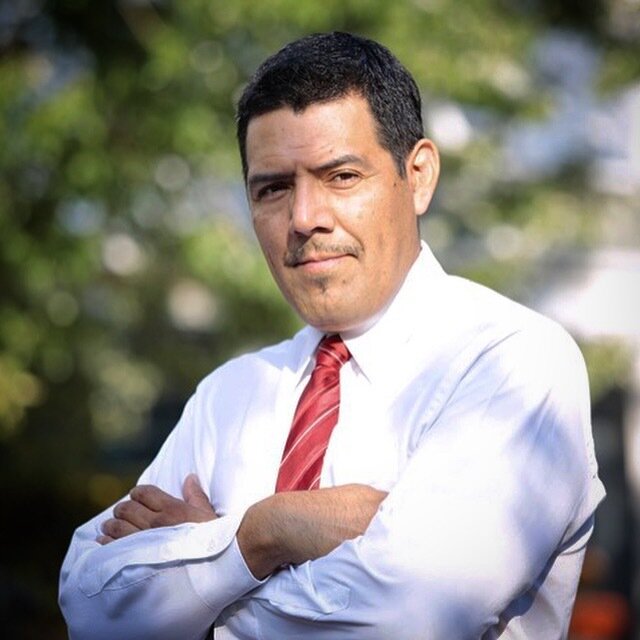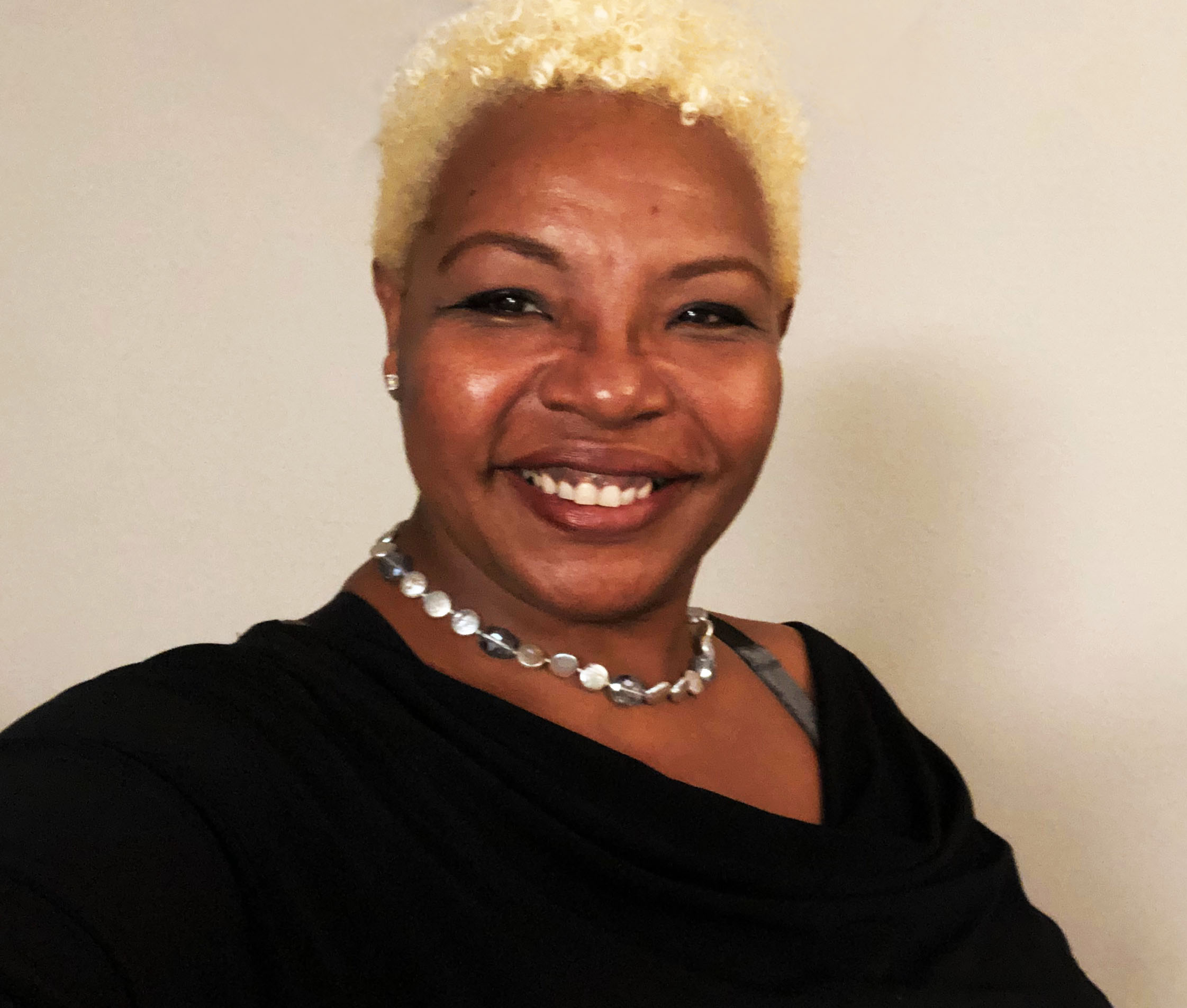Diary of a Pandemic: The COVID Hunger Crisis
Nine months into the COVID-19 pandemic, food banks nationwide report a frightening spike in families running short of money, food and hope
When Stephanie Yanes lost her job to COVID-19, she turned to the food bank at a Presbyterian Church on The Green in Bloomfield, New Jersey, at first to supplement her family’s pantry, but then also to volunteer.
A child of Salvadoran immigrants, Yanes knows what it is like to have to ask for help. When she was a child and her family had just arrived in the United States, she and her mother would visit food banks in order to survive. Today, as a U.S. citizen, she qualifies for unemployment and the once (and probably future) pandemic aid from the government. So now she volunteers at the food bank to help the less fortunate.
“I remember going with my mother to ask for food. We laugh now because she overcame that,“ Yanes said.
The memory is bittersweet. Yanes’ family has lived through a lot in the United States. COVID-19 nearly killed her father and then spread to Yanes, her mother and her stepfather. “When (my father) got out of the hospital, a few days later I got sick,” she said. “Then my mother got sick. My mom’s husband got sick. Everyone got sick. I saw how fast all of this can happen.”
Now the pandemic presents an unprecedented test, not just for Yanes and her family.
Stephanie Yanes was once in need, and now volunteers at the food pantry of the Presbyterian Church on the Green in New Jersey. Photo by Jorge Melchor
A nationwide crisis
The number of people reaching out to food banks and neighborhood pantries has surpassed the astonishing 50 million mark -- a number that defines the economic impact of the pandemic that’s crippled many families and small businesses. As the number of new COVID-19 infections and deaths surges, and another round of federal assistance remains uncertain, lines of people seeking food handouts continue to grow, snaking for blocks on sidewalks and streets across the country.
In Dallas, the nonprofit Harvest Project Food Rescue takes fruits and vegetables that wholesale warehouses cannot sell to supermarkets, and redistributes them to families in need.
Danaë Gutierrez recoils at the notion that she’s handing out old food. She gladly explains that, for example, a banana may be too yellow or too green for a supermarket, but “you can eat green bananas!” She laughed and said, “you just have to cook them. Cook some tostones or something.”
The pandemic has sparked a flood of families looking for help. This traffic jam formed outside of a food distribution center in Dallas. Photo courtesy of KVTV
The Harvest Project started in 2014, when Gutierrez, a DACA recipient, joined with two partners to supply free meals to senior citizens. Gutierrez expanded the project, supplying food to families in the Bachman Lakes community near Dallas.
“The first time, I remember just bringing my truck with food and it was like maybe 20 to 25 families that came and got food and then the next week, we got like 100 families, and I was like, ‘holy moly, how the heck did you get here because we didn’t advertise?’ ” Gutierrez said. People would say, “ ‘oh my comadre told me.’ And I was like: How many people does your comadre know?”
Gutierrez runs the Harvest Project with help from a crew of volunteers and two part-time staffers. Since the start of the pandemic, the team has worked around the clock to secure food donations and funding to meet a growing demand. Gutierrez came up with Wholesome Wholesale Baskets, filled with about 30 pounds of fruits and vegetables and delivered to people’s homes. Each basket sold helps feed up to 18 families, she said.
The coronavirus pandemic crippled food pantries that traditionally relied on senior citizens who had time to volunteer. But the COVID-19 virus is a big risk for seniors, so Gutierrez assembled a team of young volunteers to man drive-through pantries and protect the senior volunteers. And, unlike other food give-away centers, Harvest Project recognizes the current, urgent need and does not require income disclosures from families seeking assistance.
During the pandemic, Harvest Project has moved into partnerships with nonprofit refugee services, churches and efforts like the North Texas Dream Team and the Pan-African Connection to reach more Texas immigrant communities.
“Now you get a good mixture of African Americans and Hispanics (and white families and even people from Myanmar and Afghanistan) coming into one distribution and it’s really cool,” Gutierrez said.
Danaë Gutierrez tests some of the produce destined for pantry baskets. Photo courtesy of Rebecca King/Harvest Project Food Rescue
Pandemic Food Insecurity
(By The Numbers)
U.S. food banks are on track to provide an estimated 6 billion meals in 2020
About 1 in 6 Americans (more than 50 million people) face hunger as a result of the pandemic -- that’s 13.2% more than in 2018
Even before the pandemic Latino communities were almost twice as likely to live in food-insecure households as non-Hispanic white individuals (15.8% compared to 8.1%). Additionally, a high proportion of Latinos work in industries that don’t allow for remote work. As a result, the unemployment rate among Latinos spiked to 18.9% in April 2020, higher than any other racial/ethnic group
The Chicago-based nonprofit Feeding America reports a 98% increase in a need for food this year, and expects a budget shortfall of $1.4 billion. Meanwhile, donations are off by 64%
St Mary’s Pantry, in Phoenix, is thought to be the world’s oldest food bank. It has seen a 300% increase in the number of people seeking help since the pandemic began
As need skyrockets, there has been a sharp decrease in donations to food banks from grocery stores and farms
WebMD reported a significant disruption this summer in the U.S. food supply chain. Many grocery stores and corporations struggled with empty shelves and as a result, cut back on what they provided to food banks
The left out
At the Presbyterian Church on the Green in Bloomfield, where Yanes volunteers, food assistance for low-income families has long been offered. When the pandemic began, Yanes said, many people lost their jobs and the church saw a 10-fold increase in the demand for food.
In Bloomfield, Margarita Santos comes every week for food. She is the mother of two children. Her husband lost his job as a landscaper, and then Santos was laid off from her job at a salon. The salon closed permanently because of the pandemic. The family’s only source of food is the church, Santos said.
A sea of food baskets are ready for a growing number of families in need, in north Texas. Photo courtesy of Rebecca King/Harvest Project Food Rescue
Ruth Boling, the church’s pastor, said her volunteers have been able to keep up with demand, so far.
Boling said she knows there are many undocumented immigrants in the food line -- people whose service-industry jobs were the first to disappear when the pandemic stopped clients and customers from traveling, going out for groceries or meals, getting haircuts or their laundry done. As the spread of the coronavirus slowed in late summer, some jobs came back. Now, however, increases in infections are again slowing business, and driving more families into food insecurity.
Moreover, Boling said, the undocumented do not qualify for government aid.
"The uncertainty has been great for all of us and we are doing everything we can to get food to help the people who need it right now," Boling said.
Before the pandemic, Yanes bought an apartment - her first home purchase. She has been able to keep up with her bills so far, but she worries about the future. Despite the pandemic, she said, she’ll return to college and pursue a graduate degree in creative writing.
For now, she is taking it day by day, helping out at the food bank as often as she can.
“I try not to think about this," she said. "I am thinking how I can help people who have nothing or who are undocumented. For many of them it is the first time that they have come to the centers that offer food and sometimes it reminds me of when I was little.
“My mother came to these places for food. Now she is a nurse and overcame that situation,” Yanes added. “I don't know what else I can do, but for now I feel that it is best to help. I know it is difficult. I have to pay my apartment and expenses, but I still have my family and together we can move forward."
Jorge Melchor is a freelance visual and data journalist whose video, online, print and broadcast work has appeared on outlets including NBC News, The New York Times, the History Channel, and the Financial Times. He has worked as a freelance journalist in Mexico and the U.S. and currently lives just outside New York City.
Ruthy Muñoz is a freelance journalist, a multilingual linguist, and a soon-to-be book author. She served in the U.S. Army, reaching the rank of specialist. Ruthy was a Chips Quinn Scholar, and National Association of Black Journalists Reuters Fellow. She speaks five languages and was a French translator for Haiti’s national football team. She is a freelance contributor for the global travel publication, Skift, focusing on airlines coverage.










